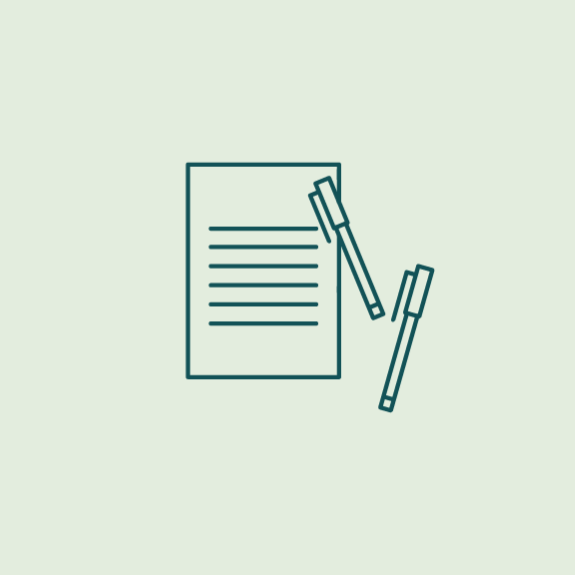Welcome to our self-care resources for Transforming Trauma
The video modules here, and the comprehensive program in pages of Transforming Trauma: The Path to Hope and Healing, directly address trauma-induced biological damage and its psychological consequences. The techniques you’ll learn are the antidotes to the fight-or-flight, stress, and freeze responses. They reestablish broken brain connections and promote the healthy integration of thoughts and feelings. They revive functions that have been compromised—memory, focus, self-awareness, judgment, emotional intelligence, and compassion. They will free you from the loop of hopeless, self- defeating thoughts that bind you to trauma.
Concentrative Meditation
Soft Belly Breathing
Soft Belly, a “concentrative meditation,” quiets the stress response, making it easier for us to accept and put our emotions in perspective. It enhances activity in the hippocampus and frontal cortex, which allow us to gain perspective on our emotions, to integrate them more easily with our memories and our ongoing experience. When our brain function is restored by Soft Belly, we are able, little by little, to quiet the flood of painful memories and fearful anticipation. We react less and respond more.
soft belly breathing
soft belly breathing
Mindfulness
Mindful Eating
Mindful Eating is a “mindfulness meditation” designed to bring relaxed, moment to moment awareness into every aspect of eating.
The focus and appreciation that accompany mindfulness will enhance your pleasure in food, your thoughtfulness about which foods to eat, and how much of them you really want. Eating mindfully will maximize the nutritional value of the foods you eat. Over time, it will exert a positive influence on your choice of foods and on the way you combine and prepare them.
Mindful eating also opens the door to bringing mindfulness into every activity in our lives.
You’ll need fifteen minutes for this experiment in mindfulness.
Mindful Eating Intro
Experiential
Conclusion
Mindful Eating Intro
Experiential
Conclusion
Body Scan
Body Scans focus relaxed attention on the various regions of our body.
The inner journey we’re going to take in this experiment begins with the awareness and relaxation of a Body Scan. It then guides us into a deeper, shamanic territory that includes active exploration, inquiry, and dialogue with the parts of our body to which our intuition guides us. This inner journey may bring you surprising, trauma-healing, life-changing discoveries.
Give yourself twenty to thirty minutes for this experiment. You may want to give yourself some extra time after the experiment to think about what you’ve learned, and record it in your Journal.
Introduction
Experiential
Conclusion
Introduction
Experiential
Conclusion
Expressive Meditation
Shaking and Dancing
Shaking and Dancing, an “expressive meditation,” uses intense, disruptive effort and free movement to help us shed stress and tension and bring up and release emotion. Shaking and Dancing uses activity to bring us to a place of relaxation, balance, and acceptance that is similar to the one we find when we do Soft Belly.
Introduction
Experiential
Conclusion
Introduction
Experiential
Conclusion
Guided Imagery
Lemon Imagery
This first experiment with imagery will give you a direct experience of how images can affect your autonomic nervous system, and, through this, your physiological functioning. Lemon Imagery is a good place to start if you’re new to Guided Imagery: it gets you comfortable with using imagery and gives you an immediate felt sense of imagery’s power.
Safe Place
Safe Place imagery can be particularly important in giving you relief when troubling memories are surfacing, when you’re facing an experience that evokes previous trauma, or when you’re just living through a stressful time. When you create a Safe Place, you draw on happy memories—or the imagined end of distress—to create a place and a feeling of calm and peace.
Wise Guide
Once you’ve cultivated a sense of calm and peace in your Safe Place, you’re ready to meet your Wise Guide to access your intuitive wisdom.
For aboriginal healers, the Wise Guide’s words are a communication from the Spirit World. Some people are sure, when they meet their Guides, that they are contacting a Higher Power. Most scientific researchers believe the Wise Guide is an Inner Guide, a manifestation of our own unconscious wisdom, our intuition. Set aside twenty or thirty minutes for visiting your Safe Place and meeting your Wise Guide.
Experiential
Conclusion
Experiential
Conclusion
Self-Expression
Drawings
This experiment with drawings builds on the relaxed awareness that concentrative meditations—like Soft Belly—help to cultivate. Drawings are one of the simplest, most reliable ways to bypass the fears that arise from our amygdala and the hope-limiting doubts stemming from our inclination to rationalize everything. They give us immediate access to our own intuitive wisdom.
Drawings are easy for everyone to do and are a safe, playful way to express and share what’s going on inside us. Drawings invoke our imagination, our intuition, and empower them to play a creative, guiding role in our life. As you do them, you’ll see what’s possible: that even when you may feel empty of ideas or in despair, you have the capacity to imagine change.
In this module, we’ll do three Drawings. All you need is three sheets of blank paper—8 1/2″ by 11″ is fine—and crayons or magic markers.
Introduction
Experiential
Conclusion
Introduction
Experiential
Conclusion
Dialogue with a Symptom, Problem, or Issue
Dialogue with a Symptom, Problem, or Issue—pain in your head or back, rapid heart rate, conflict with a partner, indecision about a career choice, anxiety about coronavirus—is a rapid dialogue, written back-and-forth with questions from you and answers from your Symptom, Problem, or Issue.
Here, you will mobilize your intuition to guide you to the answers you need. Often, the advice you’ll receive through your dialogue is practical—steps you’ve thought of but resisted taking. And sometimes, a simple physical symptom can offer subtle psychological understanding and spiritual guidance.
All you’ll need for your Dialogue with a Symptom, Problem, or Issue is a pen or pencil and several pieces of paper.
Introduction
Experiential
Conclusion
Introduction
Experiential
Conclusion
Discover more mind-body resources
Mind-Body Skills Groups
Use our skills group finder to locate and sign up for an upcoming Mind-Body Skills Group led by one of our Certified Alumni.
Resource Library
Explore dozens of mind-body resources of all types using our searchable, sortable resource library.
Self-Care Courses
Discover app-based and online on-demand courses on self care and mind-body approaches, as well as upcoming trainings.
Webinars
Learn more about the science and practical application of mind-body approaches through these expert-led webinars on a variety of topics.



